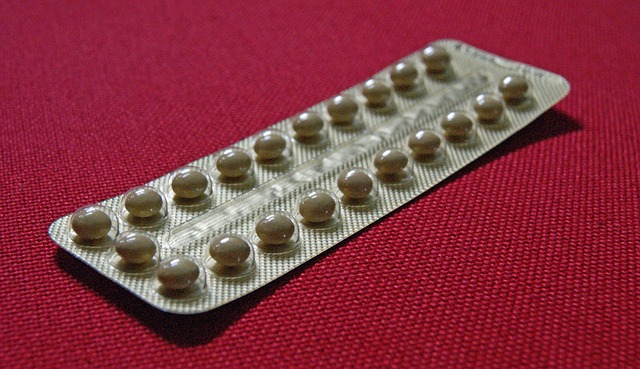Esophageal varices are large veins in the lower part of the esophagus that can be caused by portal hypertension which is a complication of liver disease. When stressed, these varices can rupture leading to excessive bleeding. The first line treatment for esophageal varices prophylaxis is the non-selective beta-blockers (NSBB). The portal vein, the vein that supplies the liver with blood from other organs in the abdomen, houses beta-2 receptors. When NSBBs are used in patients with varices, splanchnic vasoconstriction occurs in the portal vein since they block beta-2 receptors. This means that less blood travels through the portal vein, and ultimately reduces the pressure on the varies leading to a decreased risk of rupture. A study showed that NSBB reduced portal pressure and decreased the risk of the first bleed from 25% down to 15% when used for primary esophageal varices prophylaxis. Another study showed that when using NSBBs for two years with the indication of primary prophylaxis of variceal bleeding, “relative risk of the first variceal bleeding event was reduced by 50% and decreased mortality”.
Propranolol, nadolol, and carvedilol are all NSBB that are commonly used in the setting of cirrhosis or liver disease. Propranolol is dosed at 20 to 40 mg twice daily for primary or secondary prophylaxis. Nadolol is dosed at 20 to 40 mg once daily. Both propranolol and nadolol can be titrated every 2 to 3 days as needed. The max daily dose of nadolol is 80 mg for patients with ascites, and 160 mg for those without. The maximum daily dose of propranolol is 160 mg for patients with ascites and 320 mg for those without ascites. Pulse monitoring is going to be critical when titrating dosages to avoid bradycardia.
Carvedilol is a NSBB and also blocks alpha-1 receptors. Carvedilol when used at the dose of 6.25 mg once daily was seen to drop hepatic vein pressure gradient more effectively than propranolol or nadolol. This makes it a viable option in esophageal varicies prophylaxis. Carvedilol is also known to cause intrahepatic vasodilation, which decreases the resistance of blood flow in the liver. Typically, carvedilol is initiated at 6.25 mg once daily then three days later is increased to twice daily and continued indefinitely. If the use of carvedilol for esophageal varices prophylaxis coincides with treatment for hypertension or cardiovascular disease the dose can be increased to a total of 25 mg/day.
Preventing initial bleeds in the setting of esophageal varices is important and can be aided with NSBBs. Some may argue that carvedilol is a superior option due to its impact on decreasing the hepatic vein pressure gradient and causing intrahepatic vasodilation, but propranolol and nadolol are effective medications as well with a longer track record of use.
This article was written by Carly McDonald in collaboration with Eric Christianson, PharmD, BCPS, BCGP
- 30 medication mistakes PDF
- 18+ Page Drug Interaction PDF
- 10 Commandments of Polypharmacy Webinar based on my experiences in clinical practice
Garcia-Tsao G. The Use of Nonselective Beta Blockers for Treatment of Portal Hypertension. Gastroenterol Hepatol (N Y). 2017 Oct;13(10):617-619. PMID: 29230139; PMCID: PMC5718179.
Meseeha M, Attia M. Esophageal Varices. [Updated 2023 Aug 7]. In: StatPearls [Internet]. Treasure Island (FL): StatPearls Publishing; 2024 Jan-. Available from: https://www.ncbi.nlm.nih.gov/books/NBK448078/
Carvedilol. IBM Micromedex® Drug Interaction Checking (electronic version). IBM Watson Health, Greenwood Village, Colorado, USA. Available at: Micromedex – Carvedilol (accessed: October 2, 2024).
Propranolol. IBM Micromedex® Drug Interaction Checking (electronic version). IBM Watson Health, Greenwood Village, Colorado, USA. Available at: Micromedex – Propranolol (accessed: October 2, 2024).
Nadolol. IBM Micromedex® Drug Interaction Checking (electronic version). IBM Watson Health, Greenwood Village, Colorado, USA. Available at: Micromedex – Nadolol (accessed: October 2, 2024).



0 Comments